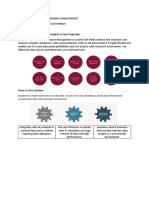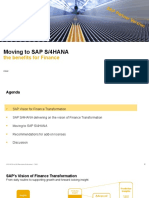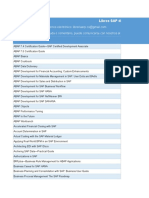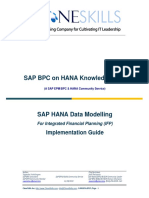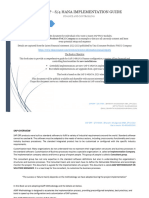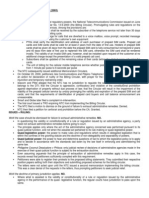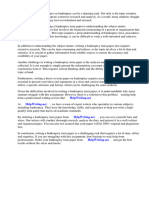0% found this document useful (0 votes)
145 views3 pagesSAP PaPM Quick Notes
SAP PaPM is a high-performance calculation engine on SAP HANA designed for real-time modeling, simulation, and analysis of financial and operational data. Key features include real-time HANA-based modeling, integration with various SAP systems, and support for cost allocation and profitability analysis. The tool also emphasizes security, performance optimization, and reporting integration with platforms like SAP Analytics Cloud.
Uploaded by
manibpscCopyright
© © All Rights Reserved
We take content rights seriously. If you suspect this is your content, claim it here.
Available Formats
Download as PDF, TXT or read online on Scribd
0% found this document useful (0 votes)
145 views3 pagesSAP PaPM Quick Notes
SAP PaPM is a high-performance calculation engine on SAP HANA designed for real-time modeling, simulation, and analysis of financial and operational data. Key features include real-time HANA-based modeling, integration with various SAP systems, and support for cost allocation and profitability analysis. The tool also emphasizes security, performance optimization, and reporting integration with platforms like SAP Analytics Cloud.
Uploaded by
manibpscCopyright
© © All Rights Reserved
We take content rights seriously. If you suspect this is your content, claim it here.
Available Formats
Download as PDF, TXT or read online on Scribd
/ 3












